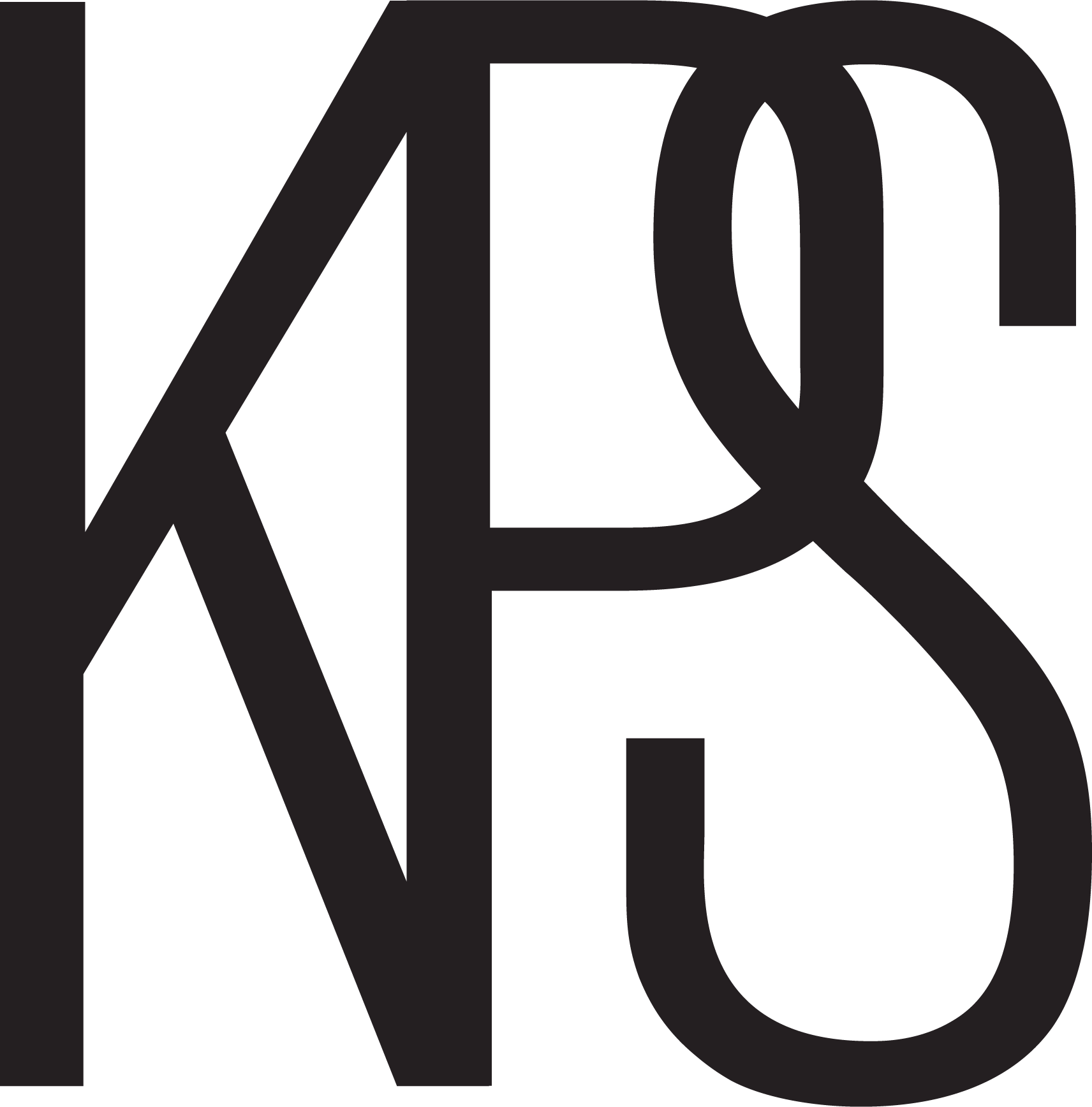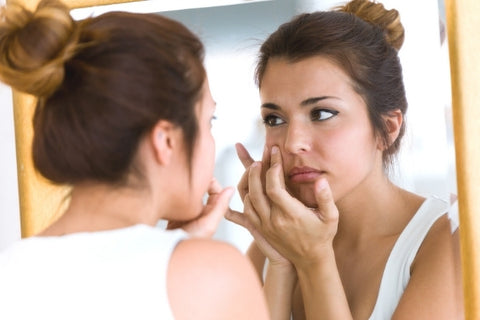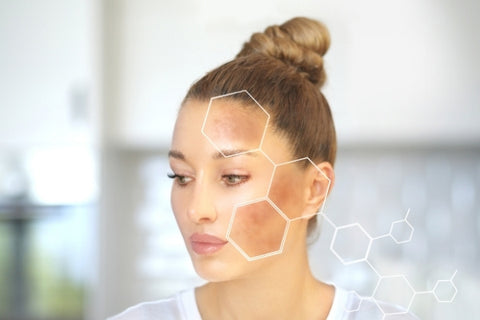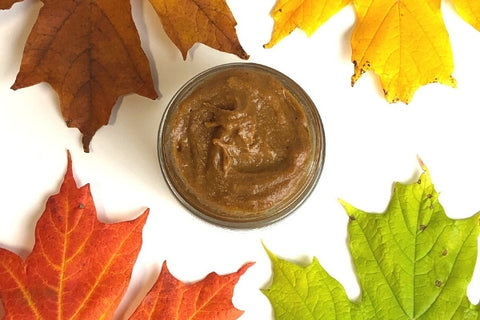Hello, beauties!
If you follow us on Instagram, you’ve probably noticed that we’re talking a lot about acne lately. Why? Well, with the changing seasons, many of our habits change. You try new foods, wear different clothes, and likely change your skincare routine to include more moisturizers. All of these changes cause our bodies to react differently. Some people are more sensitive than others, however, and that’s where acne comes into play.
If you’re someone who suffers from periodic bouts of acne, seasonality or diet could play a huge part. Or maybe you’re the type to have cyclical outbreaks. Or maybe you’re the type to experience seemingly random acne. Ever body is different - literally - and as such it can be hard to identify what your specific triggers actually are.
We all know that knowledge is power, so I wanted to take a moment to outline exactly what each type of acne looks like. Hopefully this will help you to identify what your specific struggles are, what they stem from, and how you can take some positive steps to a clearer complexion.
13 Common Types of Acne
“Acne vulgaris is the medical name for common acne -- the presence of blackheads, whiteheads, and other types of pimples on the skin. The most common spots for breakouts are the face, chest, shoulders, and back.”
Comedones
“A comedo, or basic acne lesion, is a hair follicle that has become clogged with oil and dead skin cells. Comedones (the plural of comedo) can develop into bumps called whiteheads and blackheads. Products that may trigger comedones are called "comedogenic." Makeup labeled "noncomedogenic" is less likely to clog pores and contribute to acne.”
Blackheads
“Blackheads are comedones that are open at the surface of the skin. They are filled with excess oil and dead skin cells. It's not dirt that causes the comedone to turn black. The black hue results from the irregular reflection of light coming from clogged hair follicles. Blackheads can frequently be treated with over-the-counter medications.”
Whiteheads
“Comedones that stay closed at the surface of the skin are called whiteheads. This happens when oil and skin cells prevent a clogged hair follicle from opening. Many of the same over-the-counter medicines that treat blackheads are also effective against whiteheads.”
Papules
“Papules are comedones that become inflamed, forming small red or pink bumps on the skin. This type of pimple may be sensitive to the touch. Picking or squeezing can make the inflammation worse and may lead to scarring. A large number of papules may indicate moderate to severe acne.”
Pustules
Nodules
“Nodules are large, inflamed bumps that feel firm to the touch. They develop deep within the skin and are often painful.”
Cysts
“Cysts are large, pus-filled lesions that look similar to boils. Like nodules, cysts can be painful and should be treated by a professional since they also can scar. People who develop nodules and cysts are usually considered to have a more severe form of acne.”
Mild Acne
“Acne falls into the "mild" category if you have fewer than 20 whiteheads or blackheads, fewer than 15 inflamed bumps, or fewer than 30 total lesions. Mild acne is usually treated with over-the-counter topical medicine. It may take up to eight weeks to see a significant improvement.”
*Editor’s Note: KPS has been shown to clear up most mild acne in less than 2 weeks of treatment. Results are never guaranteed and are based on skin types, but most users report rapid & significant improvement. For more information, refer to our Before & Afters.
Moderate Acne
“If you have 20 to 100 whiteheads or blackheads, 15 to 50 inflamed bumps, or 30 to 125 total lesions, your acne is considered moderate. Dermatologists usually recommend prescription medication for moderate to severe acne. It may take several weeks to notice an improvement, and your acne may appear to get worse before it gets better.”
*Editor’s Note: KPS has been shown to clear up moderate acne in as little as 4 weeks of treatment. Results are never guaranteed and are based on skin types, but most users report rapid & significant improvement. For more information, refer to our Before & Afters.
Severe Nodulocystic Acne
“People with severe nodulocystic acne have multiple inflamed cysts and nodules. The acne may turn deep red or purple. It often leaves scars. Prompt treatment by a professional can minimize scarring.”
Acne Conglobata
"Acne conglobata is one of the most severe forms of acne. It involves many inflamed nodules that are connected under the skin to other nodules. It can affect the neck, chest, arms, and buttocks. It often leaves scars. This type of acne is more common in men and is sometimes caused by taking steroids or testosterone. Timely treatment by a professional is essential."
Acne Mechanica
"Acne mechanica is caused by heat, friction, and pressure against the skin, often the result of wearing sports gear such as a helmet or baseball cap. It is sometimes called "sports-induced acne" because it occurs frequently in athletes. Preventive measures include wearing absorbent material under sports equipment and showering immediately after activity."
If you’re still with me after this massive wall of text, first off: thanks for reading! Secondarily, if you’re struggling with acne and want to figure out your best way forward, reach out to KPS directly.
Our no-obligation phone consultations will help guide you to the products and solutions you need to enjoy an envious complexion in no time. We’ll chat about your specific condition, allergies, diet, and everything else that goes into healing and maintaining a healthy glow.





Comments (0)
There are no comments for this article. Be the first one to leave a message!